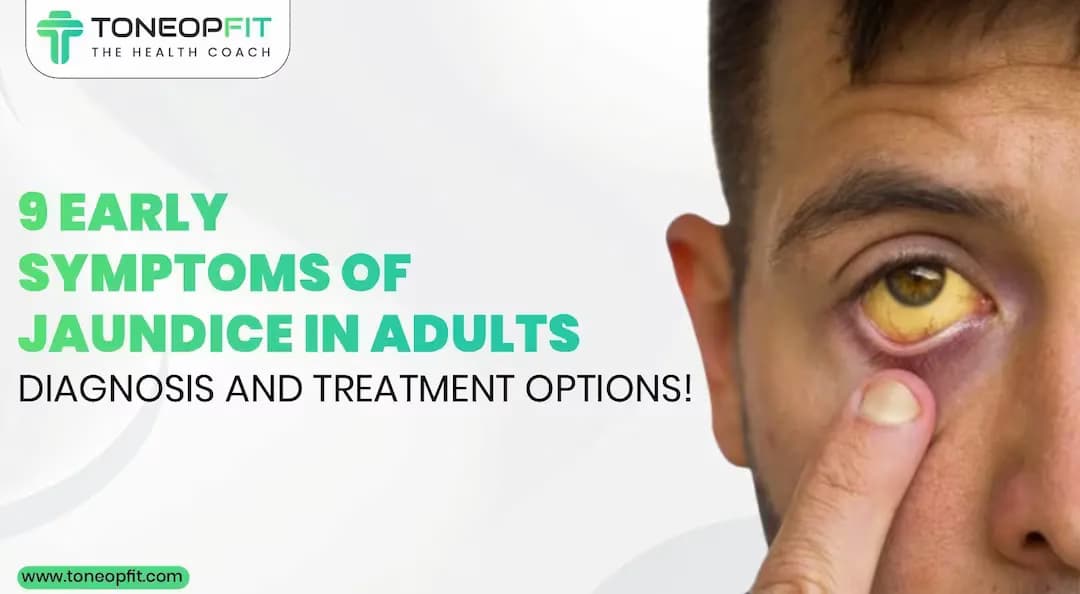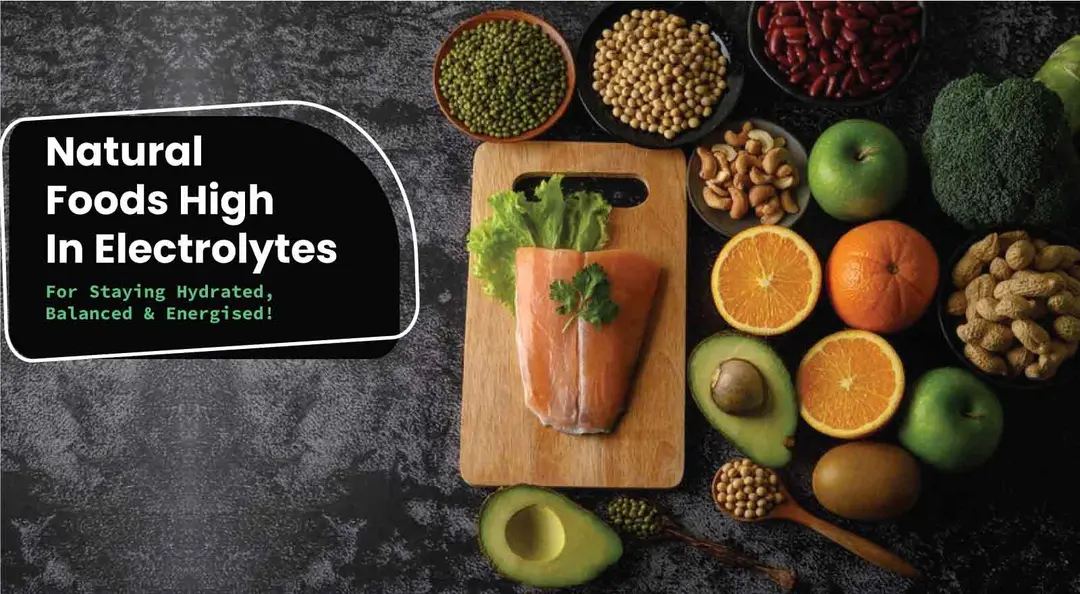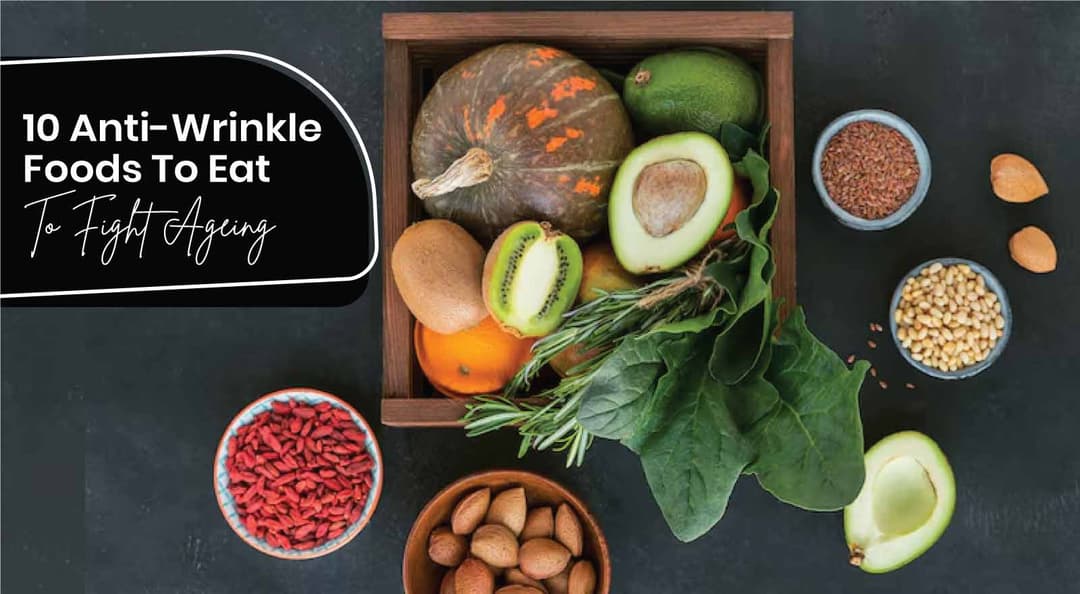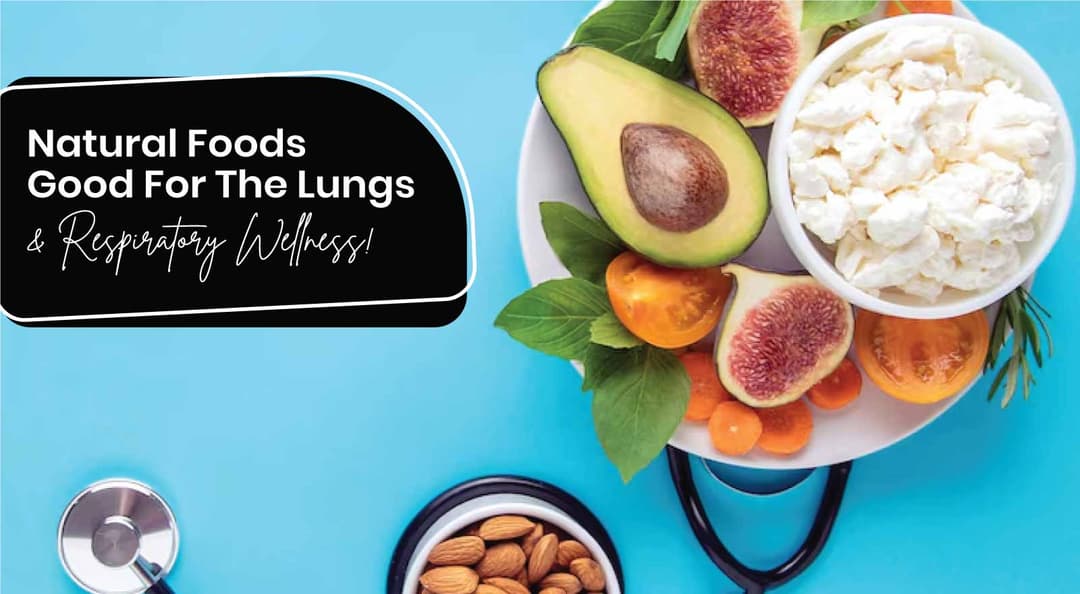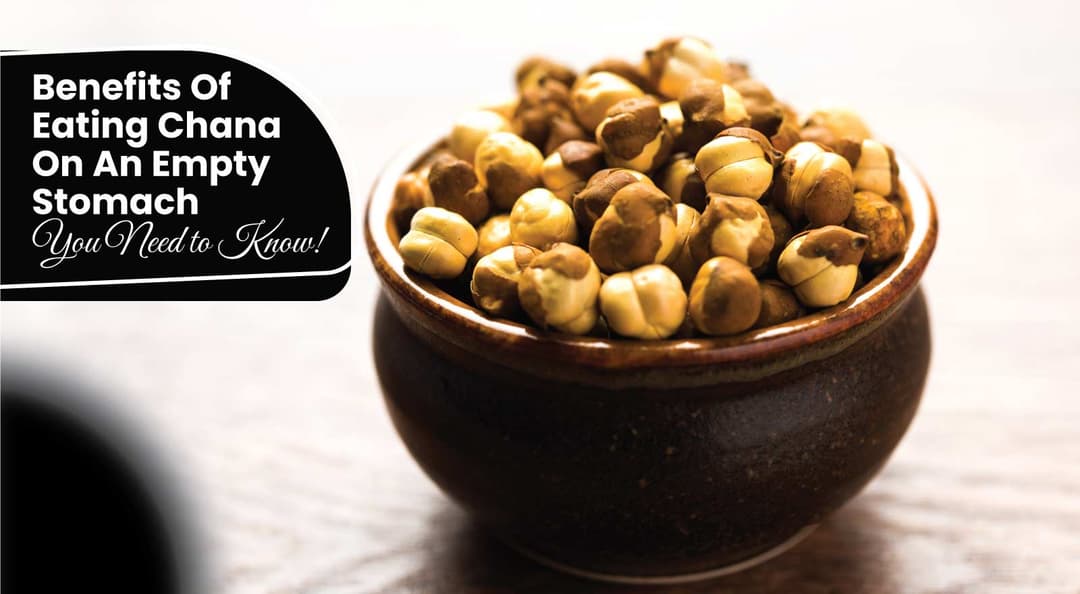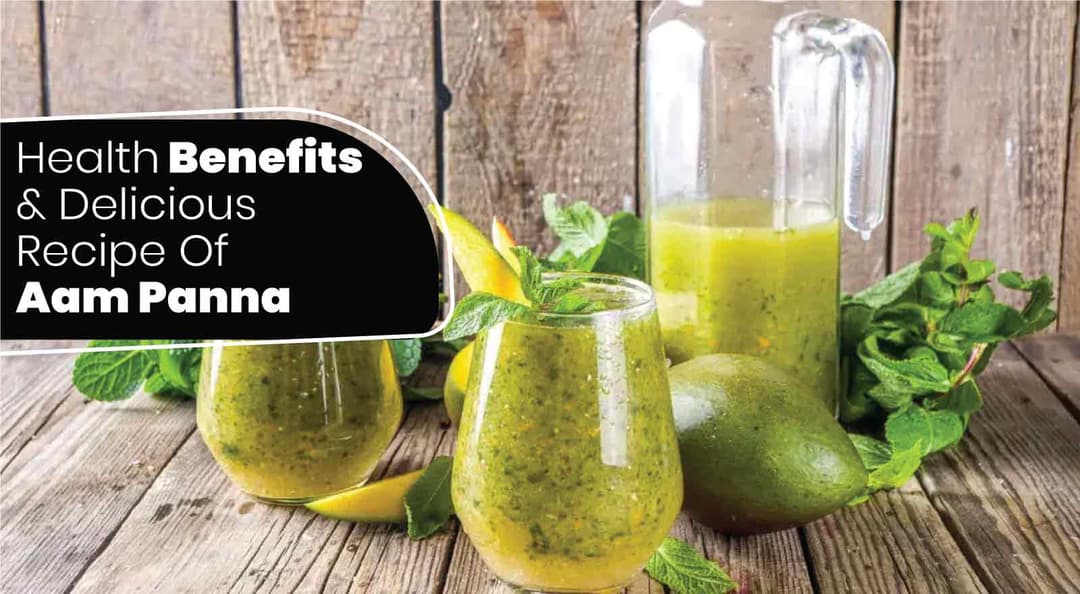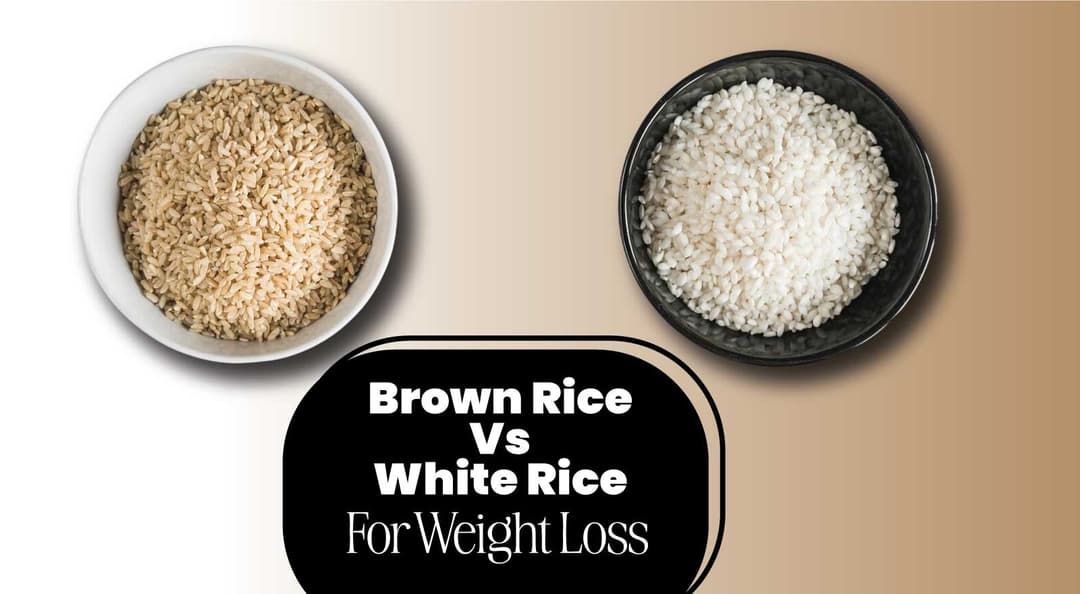Are you noticing a sudden yellowish or pale appearance in your nails or eyes? These could be early symptoms of jaundice in adults. Jaundice is a condition that causes a person's skin, eyes, and mucus membranes to turn yellowish or greenish. This happens due to the breakdown of red blood cells, producing a yellow-orange pigment called bilirubin.
The liver usually processes bilirubin as it passes through it. Still, jaundice can prevent the liver of the affected individuals from doing so, resulting in bilirubin buildup, which makes the skin, eyes, and mucus appear yellow or greenish.
Jaundice may be accompanied by serious problems, such as brain function deterioration and a tendency to bleed or bruise easily, but its early symptoms can be checked at home.
Continue reading to learn more about early symptoms of jaundice in adults and what the possible treatment options are.
Table Of Contents
- What Is Jaundice? How To Identify Jaundice At Home For Adults?
- What Are The First Symptoms Of Jaundice? 9 Signs To Look Out For
- Diagnosis And Treatment Of Jaundice
- How To Treat Jaundice At Home? 11 Home Remedies For Adults
- Expert’s Advice
- The Final Say
- FAQs
- References
What Is Jaundice? How To Identify Early Symptoms of Jaundice in Adults
Jaundice (hyperbilirubinemia) is generally identified when your skin, sclera (white of the eye) and mucus membranes turn yellow. Jaundice occurs when your liver is unable to process bilirubin (a yellow substance produced when red blood cells break down) in your blood. This can be caused by excessive breakdown of red blood cells or liver damage.
Although jaundice can occur in anyone, people suffering from hepatitis or consuming excessive amounts of alcohol are more susceptible to the disease. Newborns usually develop another form of jaundice a few days after birth. It is known as neonatal jaundice.
After every 120 days, old and damaged red blood cells (RBCs) in one's body die, and new ones are formed in the bone marrow. Haemoglobin is a protein in RBCs that carries oxygen from the lungs to the body's tissues and organs and carbon dioxide back to the lungs. As RBCs break down, haemoglobin releases bilirubin. Under normal circumstances, bilirubin is released into the bloodstream, and the liver and bile ducts remove it from the body. However, when this bilirubin is not released from the body, it deposits in the skin, resulting in jaundice.
Also Read: What Is Malnutrition Disease? Know The Symptoms, Causes, And Foods To Eat To Prevent It!
What Are The First Sign of Jaundice? 9 Early Symptom To Look Out For

Recognising jaundice's early signs and symptoms is essential for prompt treatment and recovery. So, where do you first notice jaundice signs? Let’s understand these early symptoms of jaundice in adults:
1. Yellowing Of The Skin And Eyes
One of the earliest and most visible signs of jaundice is a yellowish tint appearing on the skin and in the whites of the eyes (sclera). This discoloration usually begins subtly, often around the face and eyes, and gradually intensifies as bilirubin accumulates in the bloodstream. The deeper the yellowing, the more advanced the condition may be, making it a crucial symptom to recognize early.
2. Dark Urine
A noticeable change in urine color—often turning dark yellow, brown, or resembling the shade of tea or cola—can be an early indicator of jaundice. This darkening occurs due to excess bilirubin being excreted through the urine, signaling that the liver may not be processing bilirubin effectively.
3. Light-Colored Stool
Stools may appear unusually pale, clay-colored, or greyish, which can indicate a disruption in the normal flow of bile and bilirubin to the intestines. Since bilirubin is responsible for giving stool its typical brown color, a lack of it may suggest that the liver or bile ducts are not functioning properly—an important clue in diagnosing jaundice.
4. Itchy Skin
Persistent and widespread itching—known medically as pruritus—can occur due to elevated levels of bilirubin in the bloodstream. This buildup can irritate nerve endings in the skin, leading to discomfort that often worsens at night or in warm environments. Itchy skin may appear even before visible yellowing, making it an early and often overlooked symptom of jaundice.
5. Fatigue and Weakness
General feelings of tiredness and weakness are common as the body deals with excess bilirubin and potential accompanying health problems.
6. Abdominal Pain and Swelling
You might experience some pain, discomfort, or swelling in the upper right part of the abdomen, where the liver is located. Swelling in the abdomen may indicate fluid accumulation (ascites).
Also Read: Causes And Treatments For Pain In The Lower Left Side Of The Abdomen In Females
7. Nausea and Vomiting
Nausea and vomiting often accompany jaundice, particularly when it's linked to liver or gallbladder disorders. As the liver’s ability to filter toxins becomes impaired, digestive disturbances can occur, leading to a persistent feeling of queasiness or episodes of vomiting. These symptoms may also be early warning signs of underlying hepatic or biliary conditions.
8. Weight Loss And Loss Of Appetite
Unexplained weight loss and a noticeable decline in appetite can signal underlying issues associated with jaundice. These symptoms often result from the body’s reduced ability to digest and absorb nutrients properly due to liver dysfunction. As the condition progresses, a general sense of fatigue and disinterest in food may become more pronounced.
9. Easy Bruising and Heavy Bleeding
Frequent bruising and prolonged bleeding from minor cuts or injuries may indicate that the liver is not producing adequate clotting factors—proteins essential for blood coagulation. This impaired function is often linked to liver conditions that cause jaundice and can be a warning sign of more advanced liver damage requiring prompt medical attention.
Diagnosis and Treatment Of Jaundice
Jaundice can only be treated after several tests have been performed to diagnose the condition. Some commonly used jaundice tests are:
- Liver function tests
- Liver biopsies
- Bilirubin blood tests
- Complete blood counts
Jaundice treatment can only be possible if the underlying causes are identified in time.
Depending on the root cause, here are some treatments for jaundice:
- Jaundice caused by gallstones may require removal of the gallbladder.
- Depending on the cause, medications may be given for specific conditions that contribute to jaundice, such as antivirals for hepatitis or medications to dissolve gallstones.
- If the liver disease is caused by alcohol, then the key to treating jaundice will be to give up drinking.
- In situations where jaundice is caused by obstruction of the bile ducts, surgery may be required to remove the blockage or to fix the damaged ducts.
- Blood transfusions can be part of the therapy for jaundice, in which the sick person's blood is removed and replaced with fresh donor blood or plasma.
Also Read: Doctors Day 2024: How Do Doctors Maintain Their Health? 10 Tips For A Healthy Lifestyle
How To Treat Jaundice At Home? 11 Home Remedies For Adults
Many home remedies for jaundice have been used for centuries using basic and readily available household ingredients. Some of them are highly effective in flushing out the excess bilirubin that causes disease. This, in turn, helps support normal liver function without unwanted side effects.
1. Radish Juice
Radish juice along with radish leaves is known to be very effective in treating the symptoms of jaundice. Make sure the radish is fresh and clean, and extract the juice from the radish along with its leaves. Add a little honey or dilute it with water to improve the taste.
Radish juice helps flush away excess bilirubin and detoxifies the blood. It will also help improve bowel movements, which will restore your appetite.
2. Gooseberry Juice And Lemon
When consumed together, lemon juice and gooseberry juice help neutralise free radical damage and help restore optimal liver function.
There are certain areas of the world where gooseberries are not available, and if this is the case for you, you should drink as much lemon juice as possible. Both are considered to be one of the most effective home remedies for jaundice.
3. Fresh Sugarcane Juice
Fresh sugarcane juice can do wonders for your liver by replenishing your body's depleted proteins and the nutrients required to recover swiftly. Adding a splash of lemon can enhance its taste and effectiveness.
4. Oregano
Add some oregano to warm water, let it sit for a few minutes, and strain before drinking. You can drink oregano water as many times as you want. Oregano can increase antioxidant levels and decrease renal and plasma liver injury markers, which makes it a great treatment for jaundice at home.
5. Papaya leaves
Papaya leaves help remove toxins from the bloodstream and help the liver function normally. Make a paste with these leaves and eat it every day until you've recovered. You may add honey to the paste to improve its taste.
6. Barley
Barley is considered an effective diuretic for detoxifying the bloodstream and liver. It is also nutritious and easy to digest. To consume barley, take a cup of it and boil it in 3 to 4 litres of water, which you should finish in one day. Drink the mixture every day until the symptoms of jaundice subside.
7. Water
Toxins present in your liver can be flushed out by drinking 7-8 glasses of water a day. Drinking enough water helps the liver to filter.
8. Amla
Amla juice is a well-known detox drink, rich in vitamin C and other essential nutrients that help maintain bilirubin levels in the liver. Eat it whole or juiced. Amla helps treat jaundice by promoting proper liver function.
9. Goat Milk
Goat's milk is a rich source of antibodies that help fight jaundice. Goat's milk is also easier to digest than cow's milk, which makes it great for jaundiced patients.
10. Holy Basil (Tulsi)
Holy Basil, commonly known as Tulsi, has antibacterial and antioxidant properties. Tulsi leaves help fight infection and treat jaundice.
11. Tomato
Tomatoes contain a compound called lycopene, which acts as an antioxidant. The antioxidant nature of tomatoes helps detoxify the liver and treat jaundice.
Also Read: Workout For Crohn’s Disease: Causes, Exercise Tips & Self-Care Routine
Expert’s Advice
Jaundice often goes away when the underlying cause is treated. Mild cases of jaundice usually resolve on their own without medical intervention and have no long-term effects on the liver. Jaundice can be a symptom of a serious illness, so it is recommended to see a doctor immediately.
Health Expert
Lavina Chauhan
The Final Say
Jaundice is a condition where the skin, eyes and mucus membranes turn yellow due to bilirubin collection, a yellow substance. Jaundice can have various causes like hepatitis, gallstones, tumours, etc. Due to a variety of reasons, there is no clear way to prevent jaundice. However, there are ways to prevent the underlying disease, such as limiting alcohol consumption, practising good hygiene and safe sex to reduce the risk of hepatitis infection.
FAQs
1. Is jaundice dangerous in adults?
Yes, jaundice can be extremely fatal if left untreated for a long time. In some cases, jaundice can even lead to death. It is important that you seek immediate medical attention as soon as you notice the onset of jaundice.
2. What deficiency causes yellow skin?
Yellow skin can result from a lack of healthy red blood cells due to vitamin B12 deficiency.
3. When should we worry about jaundice in adults?
You should worry about jaundice in adults if you notice symptoms like yellowing of the skin or eyes, dark urine, pale stools, or abdominal pain. Also, if you experience sudden changes in mental function, fever, or significant weight loss, it’s important to go to the hospital immediately.
4. Is jaundice treatable in adults?
Yes, jaundice is treatable in adults, but the treatment depends on the underlying cause. Conditions such as viral hepatitis may resolve on their own with supportive care, while more serious causes like blocked bile ducts or liver disease may require medications or surgery for effective management.
5. Does yellow skin mean liver failure?
Yellow skin can indicate liver problems but does not necessarily mean liver failure. It occurs when there is a buildup of bilirubin in the body, which can result from various issues, including liver disease, gallbladder problems, or blood disorders.
6. Where does jaundice appear first
Jaundice typically first appears in the sclera (the white part of the eyes) and the skin. The yellowish tint is often most noticeable in these areas because of the accumulation of bilirubin in the bloodstream.
In the early stages, the yellowing might be subtle, starting around the eyes or under the skin, and may gradually spread to the rest of the body as the condition progresses.
References
- https://www.lybrate.com/topic/home-remedies-for-jaundice
- https://my.clevelandclinic.org/health/symptoms/15367-adult-jaundice
- https://www.felixhospital.com/blogs/jaundice-in-hindi
- https://www.medanta.org/patient-education-blog/how-to-check-early-jaundice-symptoms-at-home-medanta-3
- https://www.pathkindlabs.com/blog/early-signs-and-symptoms-of-jaundice-you-can-notice
- https://www.apollo247.com/blog/article/adult-jaundice-early-signs-look-out
- https://prognohealth.com/blog/adult-jaundice-signs-symptoms-prevention-and-treatment/
- https://www.carehospitals.com/symptoms/yellow-skin
About ToneOp Fit
ToneOp Fit is a platform dedicated to improving and maintaining good health through a comprehensive range of goal-oriented health plans with up to 3 Coach support. With a range of Weight Management, Medical Condition, Detox Plans, and Face Yoga Plans, the app also provides premium health trackers, recipes and health content. Get customised diet, fitness, naturopathy & yoga plans and transform yourself with ToneOp.












